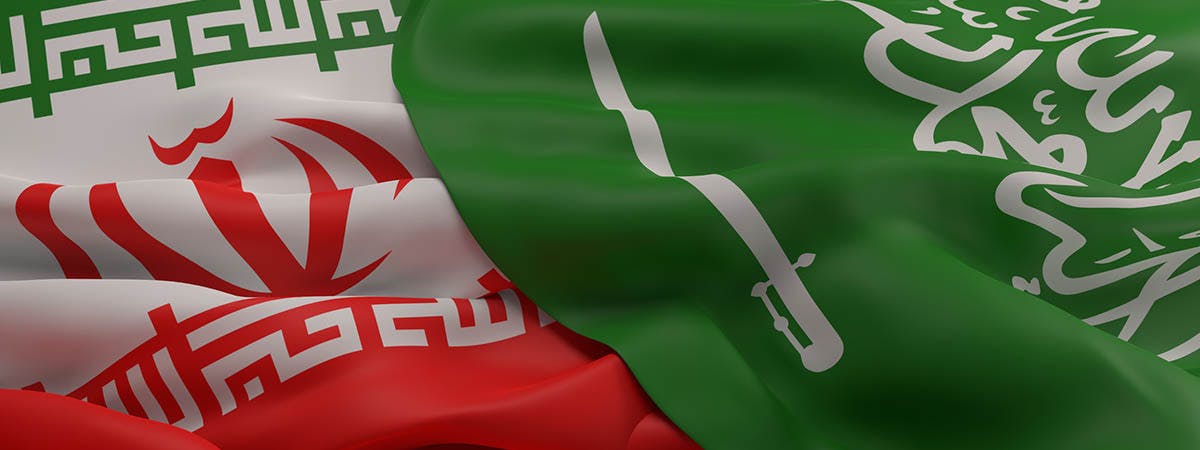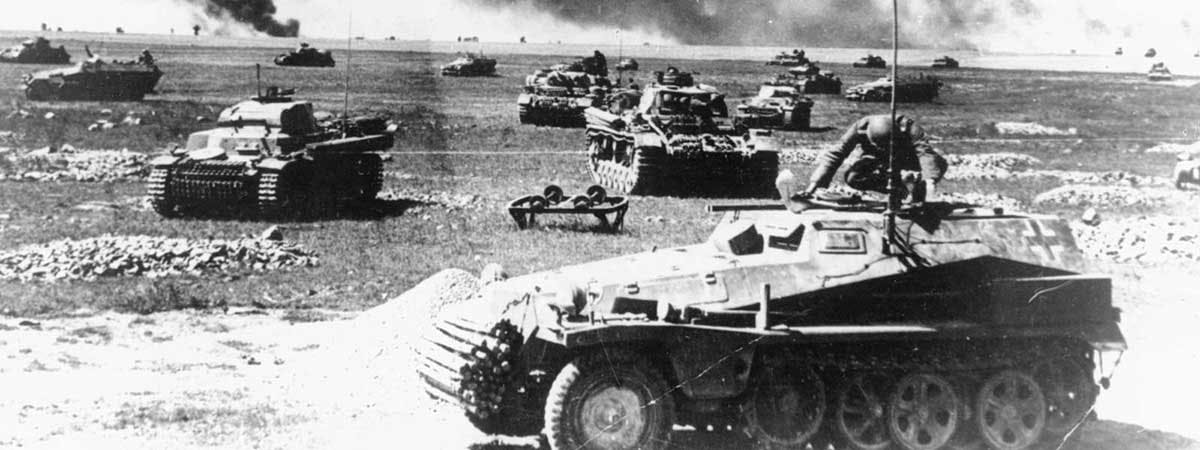Senior Teaching Fellow Jonathan Jackson examines the similarities between the Cold War between America and the Soviet Union, and the tension between Saudi Arabia and Iran.
 Jonathan Jackson
Jonathan Jackson
Teaching Fellow in Criminology

On March 5th 1946, Winston Churchill gave what would become one of his most famous speeches to students of Westminster College, Missouri. The ‘Sinews of Peace’ focused on his understanding of how the European map would be redrawn owing to the end of hostilities on the continent. The former prime minster identified that ‘an iron curtain had descend upon Europe’, marking the beginnings of the ‘Cold War’, a conflict made famous by the lack of direct physical confrontation between two great superpowers, the USSR and USA.
This is the often conventional version of 20th century history and ignores the proxy wars conducted by clandestine forces working on both sides of this great divide. Whether it was in the jungles of Vietnam or the deltas of Afghanistan, both states fostered and encouraged bloody conflicts to destabilise their rival's power and damage operations within their spheres of influence. With the collapse of the Soviet Union in 1989, many commentators argued that the moment marked the ‘end of history’ and the glorious vindication of a US capitalist model.
What then can be learnt from the Cold War experience to help understand current international issues? It is firstly important to recognise that such conflicts are far from cold. The term ‘Cold War’ has in itself increasingly been resigned to the history books and only associated with the clash of Hammer, Sickle and Eagle. However, if we use the rationale that a ‘cold war’ is a series of state sponsored proxy wars, whilst countries show a reluctance to accept all out conflict, could the tensions that have emerged between Saudi Arabia and Iran be included in this definition?
Over decades, both have engaged in a conflict, often overshadowed by 'bigger state rivalries’. The two have sponsored, supported and financed various organisations in an attempt to further their grip on power, both domestically and within the wider region.
The formation of the Kingdom of Saudi Arabia in 1932 after the subsequent collapse of the Ottoman Empire was built on uncertain foundations. However it would be the ground that held the key to the monarchy's survival. The discovery of oil in 1938 transformed the country, seeing huge growth in wealth and prosperity, ensuring foreign investment and US support for the subsequent decades. In contrast, the Iranian royal dynasty saw an eventual collapse and replacement by Ayatollah Khomeini.
Riddled with corruption, the monarchy was overthrown in 1979, creating the Islamic Republic of Iran. Similar to the conflict witnessed for nearly four decades, these two states began to support those who would further their own political goals or provide greater influence in the region. In an almost mirror image of the USA- USSR rivalry, proxy wars are supported with a continued reluctance of all out state confrontation.
The chaos caused by the invasion of Iraq by US coalition forces in 2003 demonstrates this ‘cold war’ analogy and is evidence of the two powers attempting to influence regional outcomes. With Iraq bordering both Iran and Saudi Arabia, the country has received investment from both states, who continue to finance various groups who support their best interests. For the most part, Iraqi officials have looked to play a lucrative game, in which they seek assistance from both states in order to maintain their own domestic security.
Just as in Vietnam during the 1960’s, outside powers attempt to further ideological and geopolitical goals at the expense of those on the ground. This influence and focus on unofficial activities has been played out with the sponsorship of a range of different groups in a plethora of neighbours in the region. Syria, Yemen and Lebanon all continue to be the chessboard, in which the two players attempt to move their pieces around.
So why is the term ‘Cold War’ not used when describing this contemporary security issue? Ultimately it is only when looking back through history that we can decide if a war remains cold or hot. It is only since the declassification of previously sensitive documents that the true scale of the shadowy battles fought between Russia and America have been revealed.
The link between the causes and continuations of Middle Eastern insecurity and the role played by two powers remains difficult to establish. As Winston Churchill correctly predicted in 1945, a new ideological divide descended upon Europe with the end of the Second World War. In 2020, there exists two competing states eager to undermine each other’s influence at home and abroad. It may be that history is repeating itself and it will only be future analysts who will truly understand the rivalry being played out in the Middle East.




